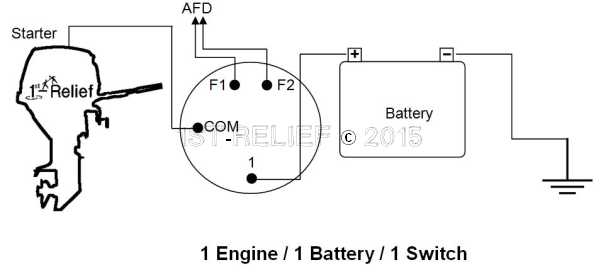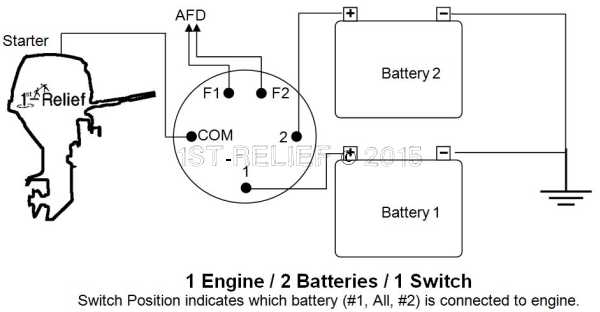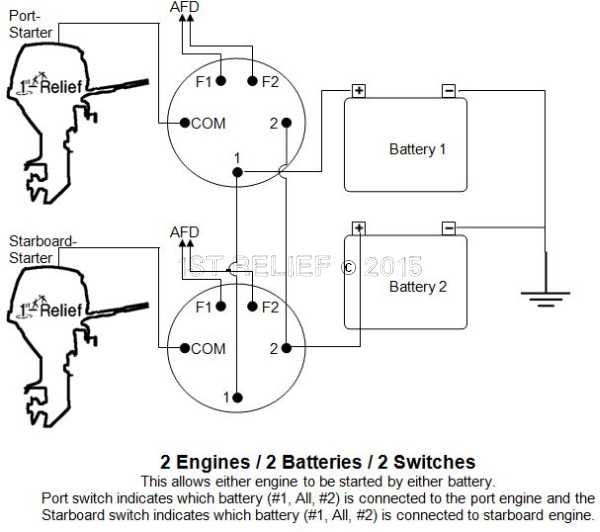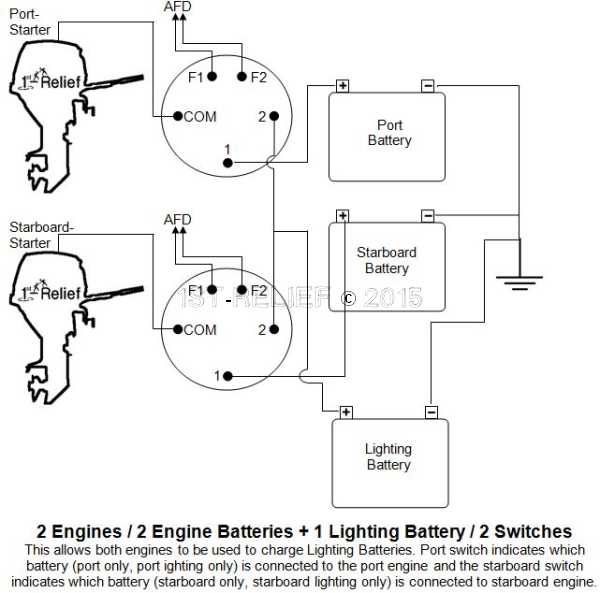Which battery switch do I need and how to install it?
General Information
Battery disconnect switches help manage the overall use of electrical power onboard. They are used to connect or disconnect electrical devices from the electrical system. They help to prevent battery drain during periods of inactivity. They allow for a quick and easy way to shut down the entire electrical system in an emergency. An optional key lock helps to prevent unauthorized use of the vessel.
Use of more than one battery
In addition to doing everything a battery disconnect switch does, battery selector switches permit battery selection (of two or more batteries) for specific purposes including starting engines, running accessories or even recharging. They allow for the use of one or more batteries in systems with one or more engines and facilitate putting batteries in parallel for emergency starting when one or both batteries are substantially discharged.
Certificates
All our Battery disconnect switches and battery selector switches are UL listed, ignition protected and CE approved. This means they have been tested and certified by a respected outside agency, are designed to be used safely in a bilge where explosive fumes may be present, and meet all the requirements for use and sale throughout the world.
Usage
Our battery switches are designed for surface mounting. Standard duty switches have a bright red polycarbonate housing for safety with a large easy-to-turn black knob. The housing of the heavy duty switches are red fiber-reinforced polycarbonate. Selector switches are designed with a “make before break” feature. This allows switching between the “1”, the “all” and the “2” positions while the engine is running.
“Alternator Field Disconnect”
An AFD is a switch that protects the diodes in the generator when the switch is turned OFF (accidentally) with the engine running. Models with an AFD feature offer this generator protection.
USCG Electrical Standards
On January 31, 1977 the U.S.C.G. Published Safety Standards for Marine Electrical Systems.
These standards cover such technical details as:
- Batteries and Associated Conductors
- Conductor Size and Ampacity
- Strain Relief and Pull Tests
- Termination Requirements
- Over current Protection
- Ignition Protection
- Grounding
- Insulation
A particular electrical component may be affected by some or all of the above categories. Those categories related to product design have been complied with, however, many additional details must be considered by the installer of the equipment as well in order to achieve compliance with this standard. It is suggested that the actual standard be familiarized when installing equipment. Perhaps one of the most critical requirements is ignition protection. A product that is marked "Ignition Protected" can be used in that area of a boat that is not isolated from a gasoline fuel vapor source. Refer to the actual standard for a determination of what parts of a boat require Ignition Protected products. If a product is not plainly marked "Ignition Protected" then assume it is not. For Details On All Of The Above, Obtain The Following:
U.S.C.G. Safety Standards For Electrical Systems, CFR Title 33, Chapter 1, Subchapter S, Part 183, Subpart I
Drawings
| Single Engine Single Battery |  |
| Single Engine Two Batteries |  |
| Two Engines Two Batteries Two Switches |  |
| Two Engines Two Batteries for Engine One Battery for Lighting Two Switches |  |

